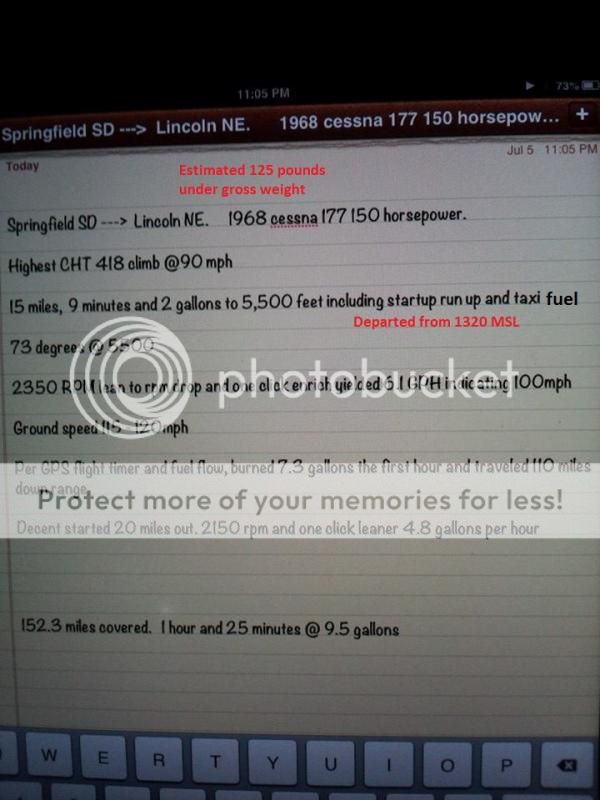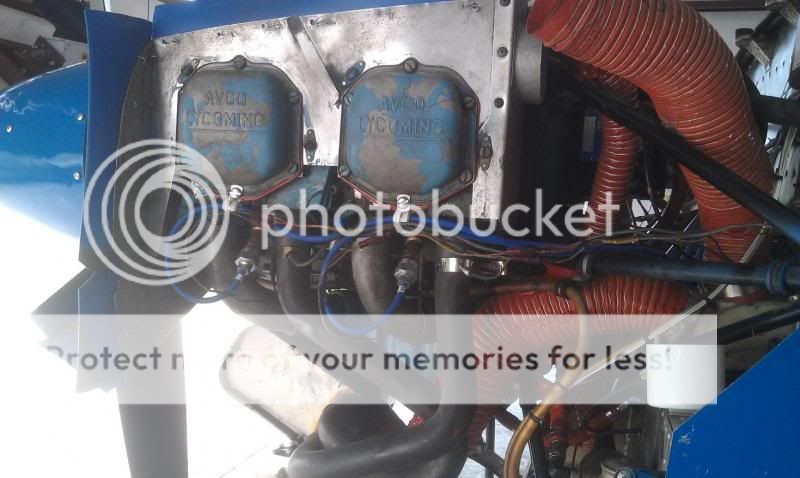UngaWunga
Pattern Altitude
- Joined
- Oct 27, 2014
- Messages
- 1,967
- Display Name
Display name:
UngaWunga
1973 172M. About 1300hours on the engine.
What I've noticed, with the engine monitor, is that the back two cylinders run much hotter than the front two. I've checked that the baffles are not folded back, but there are small gaps here and there in them.
Based on the engine monitor, I can't lean it out until the engine stumbles and push the mixture back in a notch or two. The engine temps shoot right up. I'm burning way too much gas, around 9 gph with the mixture I'm using to keep the engine temps down on the monitor.
So, is it normal to see the back two cylinders another 1/3rd hotter than the front two?
Should I replace the baffles if there's a small gap or hole?
What do others do for leaning of the Lycoming 320 E2D engine in a 172? My instructors, in the rental 172Ms, just used to lean until it stumbled, and then pushed the mixture in 2-3 clicks. But the plane didn't have an engine monitor, and we didn't know engine temps other than oil temp.
What I've noticed, with the engine monitor, is that the back two cylinders run much hotter than the front two. I've checked that the baffles are not folded back, but there are small gaps here and there in them.
Based on the engine monitor, I can't lean it out until the engine stumbles and push the mixture back in a notch or two. The engine temps shoot right up. I'm burning way too much gas, around 9 gph with the mixture I'm using to keep the engine temps down on the monitor.
So, is it normal to see the back two cylinders another 1/3rd hotter than the front two?
Should I replace the baffles if there's a small gap or hole?
What do others do for leaning of the Lycoming 320 E2D engine in a 172? My instructors, in the rental 172Ms, just used to lean until it stumbled, and then pushed the mixture in 2-3 clicks. But the plane didn't have an engine monitor, and we didn't know engine temps other than oil temp.








